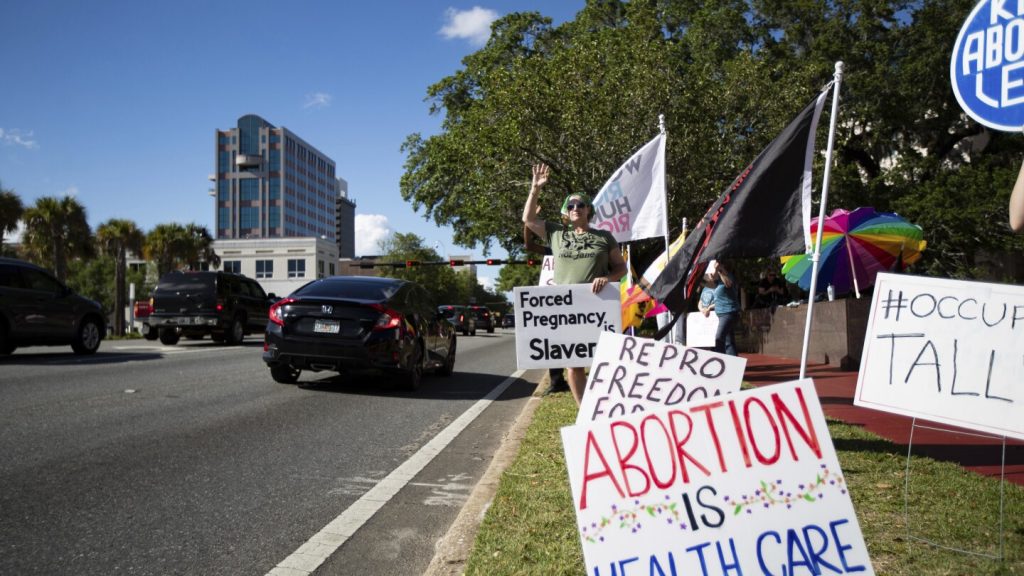Abortion-rights supporters campaigning for ballot measures in several states have raised significantly more funds than their opponents, with nearly $108 million brought in compared to $14 million for those campaigning against the amendments. However, this financial advantage may not necessarily result in more spending to promote the measures in the final weeks leading up to the November 5 elections. Campaign finance data from Open Secrets and analysis by The Associated Press reveals that while backers of the amendments have raised more money and received support from more donors, there is still uncertainty about how this will translate into campaign activity in every state.
The ballot measures seek to roll back restrictions in some states and enshrine protections into state constitutions in others following the Supreme Court’s 2022 ruling overturning Roe v. Wade. The majority of GOP-controlled states implemented bans or restrictions on abortion access post the Supreme Court ruling, whereas most Democratic-controlled states provided some protections for abortion rights. These measures have the potential to drive voter turnout in the upcoming elections and may have a significant impact on abortion laws across different states in the country.
Campaigns that raise more money have a distinct advantage when it comes to reaching voters through various channels such as TV and online ads, radio, mailers, and door-to-door canvassing. Data from media tracking firms show that in states like Missouri and Montana, where abortion rights groups have raised substantial funds, this has translated into a higher number of ad buys supporting the measures compared to minimal spending from the opponents. However, there has been relatively less ad activity in states like Arizona, Colorado, Maryland, Nevada, and South Dakota, with Nebraska showing slightly higher spending by abortion opponents on ad buys.
Supporters of the ballot measures also face additional costs that opponents do not, such as expenses related to signature drives and legal battles over the ballot requirements. These legal challenges often reduce the funds available to supporters for voter outreach efforts. The costs associated with legal battles tend to have a lesser impact on opponents’ fundraising efforts. In states like Missouri and Nebraska, legal challenges by certain groups have raised additional hurdles for the ballot measures, further highlighting the complexities involved in campaigning for abortion rights at the state level.
Florida stands out as one of the most expensive battlegrounds for abortion rights, with supporters of the amendment reporting to have raised over $60 million compared to the $9 million raised by opponents. The state Republican Party has actively campaigned against the amendment with significant spending on TV and online ads, presenting a stiff challenge to the supporters. The amendment in Florida requires the approval of 60% of voters and seeks to make abortions legal until viability or to protect the patient’s health as determined by a healthcare provider. The financial backing from various individuals and organizations, both big and small, has played a crucial role in shaping the narrative of the abortion rights campaigns across different states.
Despite the fundraising advantage held by abortion-rights supporters in most states, the gap is partly attributed to the absence of support from two major national organizations that heavily contributed to the defeat of a similar campaign in Ohio last year. The Concord Fund and Susan B. Anthony Pro-Life America, which collectively spent around $40 million in Ohio, have remained relatively inactive in funding abortion-related measures this year. This shift in involvement from these organizations has implications for the overall funding landscape of abortion rights campaigns and reflects the evolving dynamics of the movement in the run-up to the upcoming elections.


